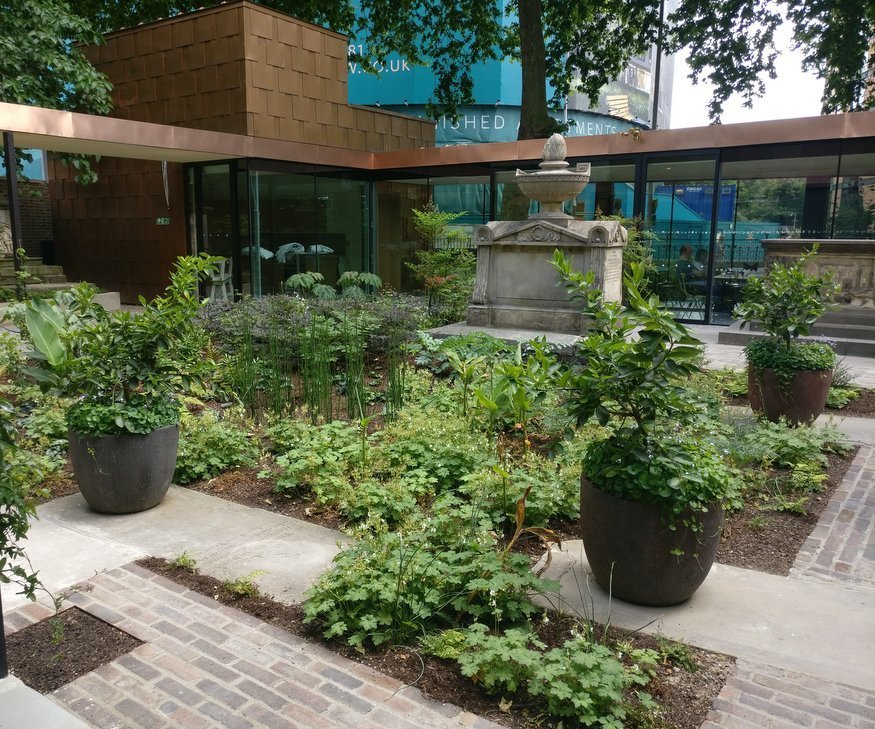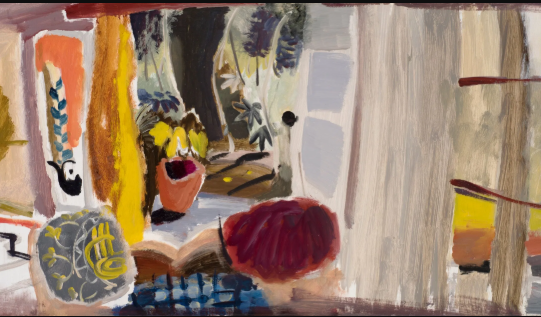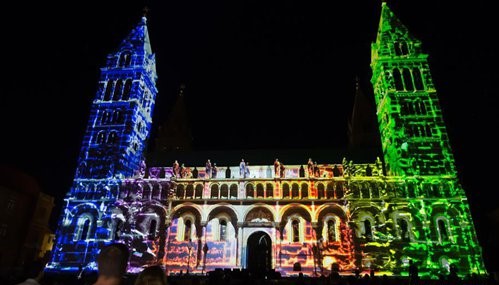Not as big may it seem, then the Garden Museum in London has a lot to take in.
Delicately adorned from the new bronze claddings of its café that responds to
the layered barks touching the trees to a courtyard garden full of thick
uncommon plants.
Although this might seem like the interesting part of the
Garden Museum in urban London, there is more to the story and history of the
Garden Museum than its beautifully sprawled garden.
The continuous development
and additions of the museum show how it has been an impact on museums and arts
and how it continues to connect the natural world to human developmental
platforms.
Garden Museum 2020

Garden Museums
Garden Museum in London
The Garden Museum History
Formerly called as the Museum of Garden History, it was opened in the year 1977 that
was followed by a conversion from the Church of St. Mary at Lambeth.
The driving forces behind creating the garden museum are John and Rosemary
Nicholson. This was to preserve the tomb of Transcendants, established in the year
1662, sculpted delicately with images of the gardener’s collections and travels.
During the 1970s, it was indeed a disheartening time for this masterpiece and for
the church that was being prepared for demolition. Luckily the two (Rosemary and
John) founded the Transcendent Trust in hopes of re-opening the museum, saving both
the Church of St. Mary of Lambeth and the Transcendants tomb.
A new museum indeed
needs new collections and to say, many object donations came in and began to be
donated that forms some of the collections that are presently displayed.
When the 1980s came, the President of the Garden Museum, Lady Salisbury herself
designed a knot garden and was created at the center of the museum.
This became a
place of refuge and quiet place away from the bustles and hustle of the central
London streets.
The Garden Museum was planned for expansion in the year 1990, which will include the
collections and the spaces where it was supposed to be displayed.
The present
designs during that time were brought up to a mezzanine level to add a much modern
display to the artifacts.
During this year a remarkable collection of tools at
£10,260 were acquired from William Brown of Beckenham and at the sale of McAlpine,
13 items were acquired which includes a watering pot from the 17th Century, wherein
this pot was considered the most expensive of its kind during the time.
The Garden Museum was yet again closed for 18 months in 2015 for it underwent a big
redevelopment project. As a result, it had bigger spaces allowing more permanent
collections that can be displayed.
The redevelopment project also included building
a new café, two new gardens (designed by Dan Pearson and Christopher Bradley-Hole),
and added new learning spaces as well.
Garden Museum Exhibitions at Present
The Garden Museum features two exhibitions at present, and both are indeed great events where you can learn and explore new information while relaxing in the museum.
Kiftsgate Court Gardens: 100 years of Women Gardeners
This exhibition is the Garden Museum’s way of celebrating Kiftsgate Garden’s beauty
and its three generations of talented female gardeners.
The three generations
started with Heather Muir who spent 30 years to establish the garden then passed it
on to daughter, Diany Binny, and followed finally by her granddaughter Anne during
the year 1988. Each said woman took care of the Kiftsgate Garden for thirds of a
century taking it upon their previous legacy.
This will be showing from 9th April to 9th of June 2019 and also coincided by
releasing a book entitled “Kiftsgate Court Gardens: Three Generations of Women” by
Vanessa Berridge.
Ivon Hitchens: The Painter in the Woods

The exhibition will be showing from May 8th to 15th July 2019. This exhibition will
celebrate Hitchens’s lively painting of his wild Sussex Gardens. Ivon Hitchens is
known for his richly colored, semi-abstract landscape paintings which were inspired
by their occasional season changing habitat.
Hitchens and his family lived in a constricted caravan upon escaping London during
the World War. They called their home Greenleaves, and there Ivon Hitchens began to
develop their colorful house and unplanned garden that sparked his passion for
continuing this as a lifelong project.



